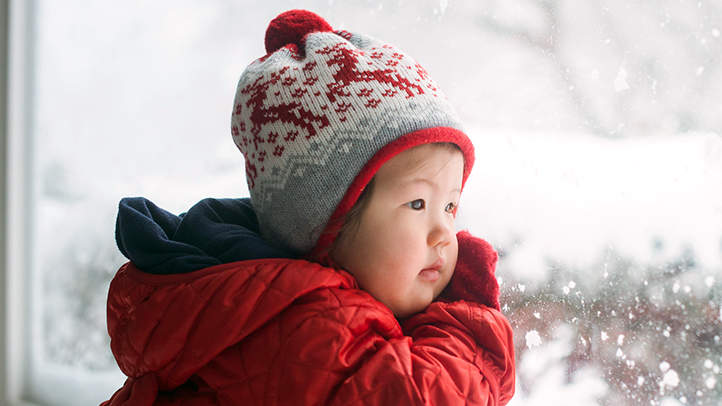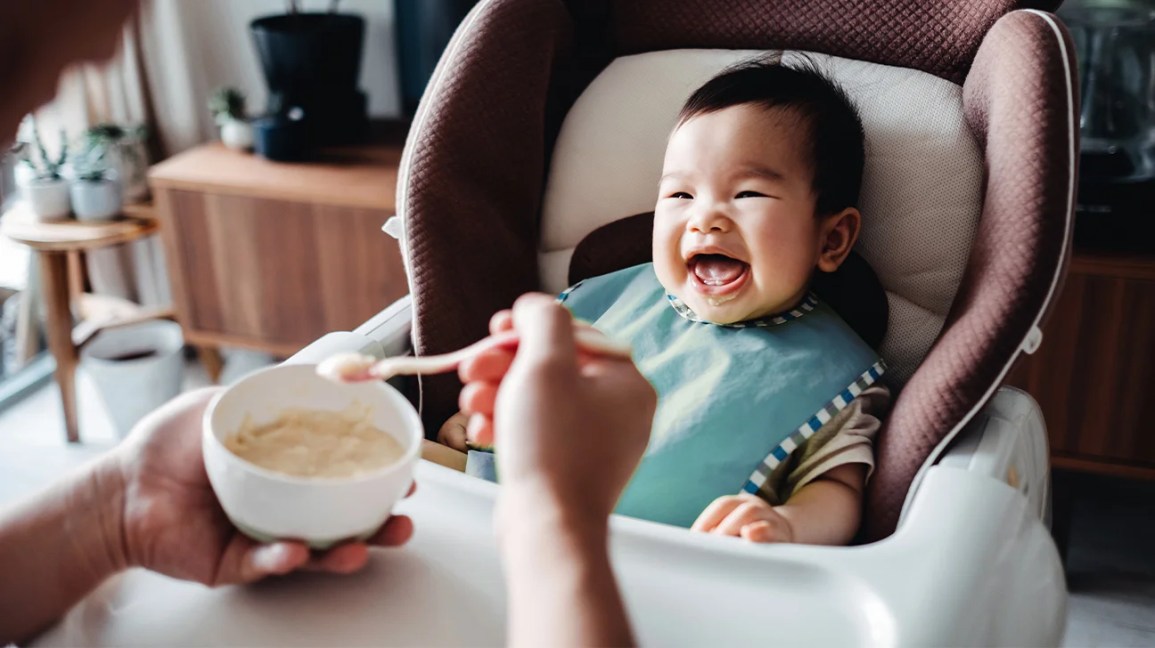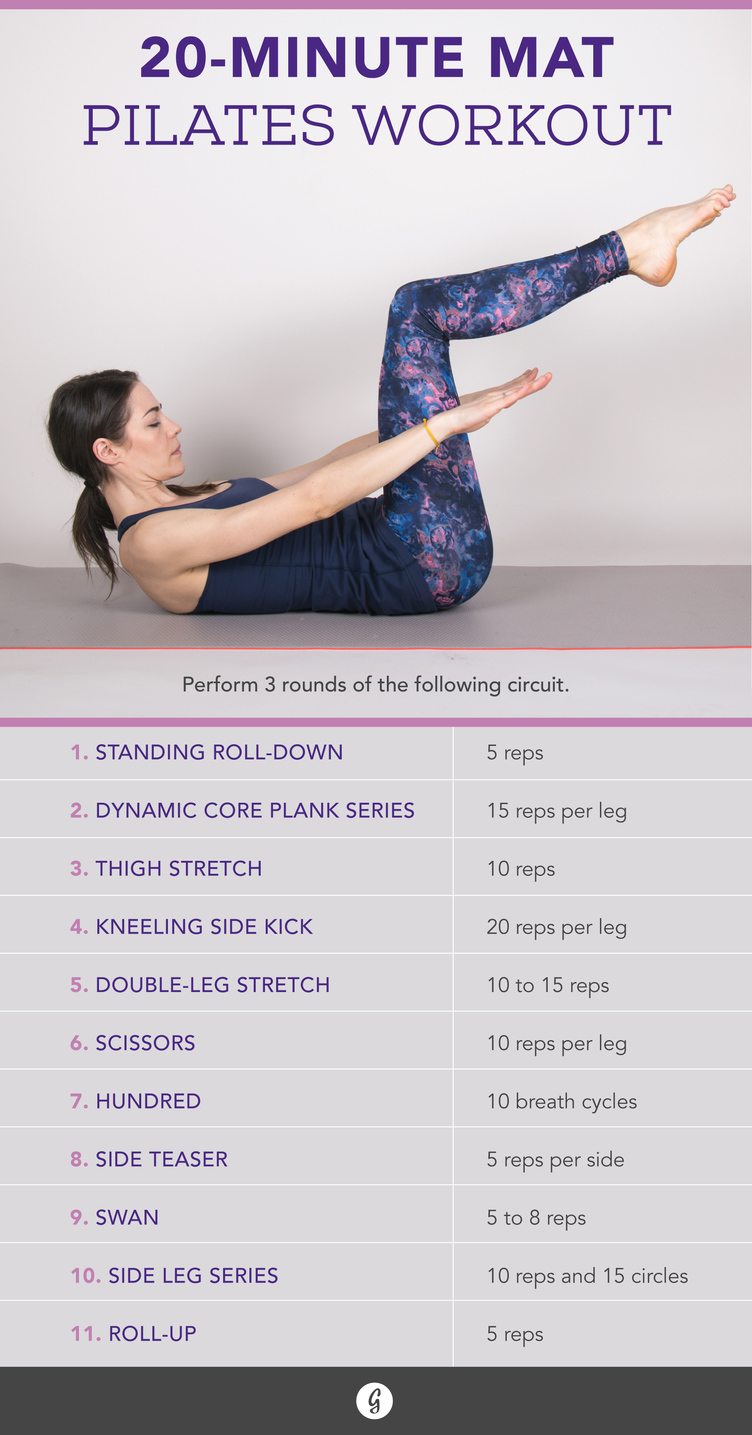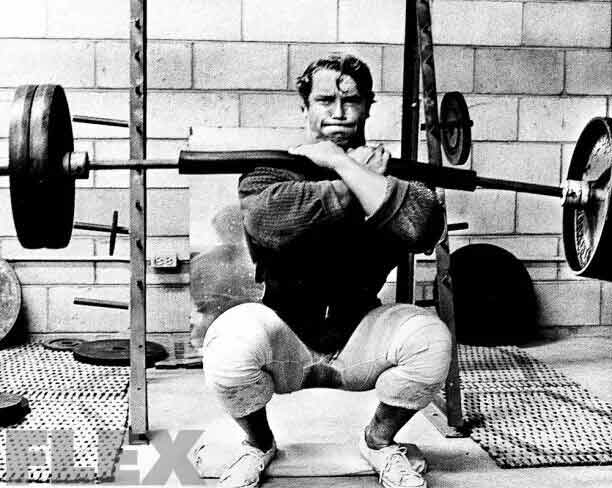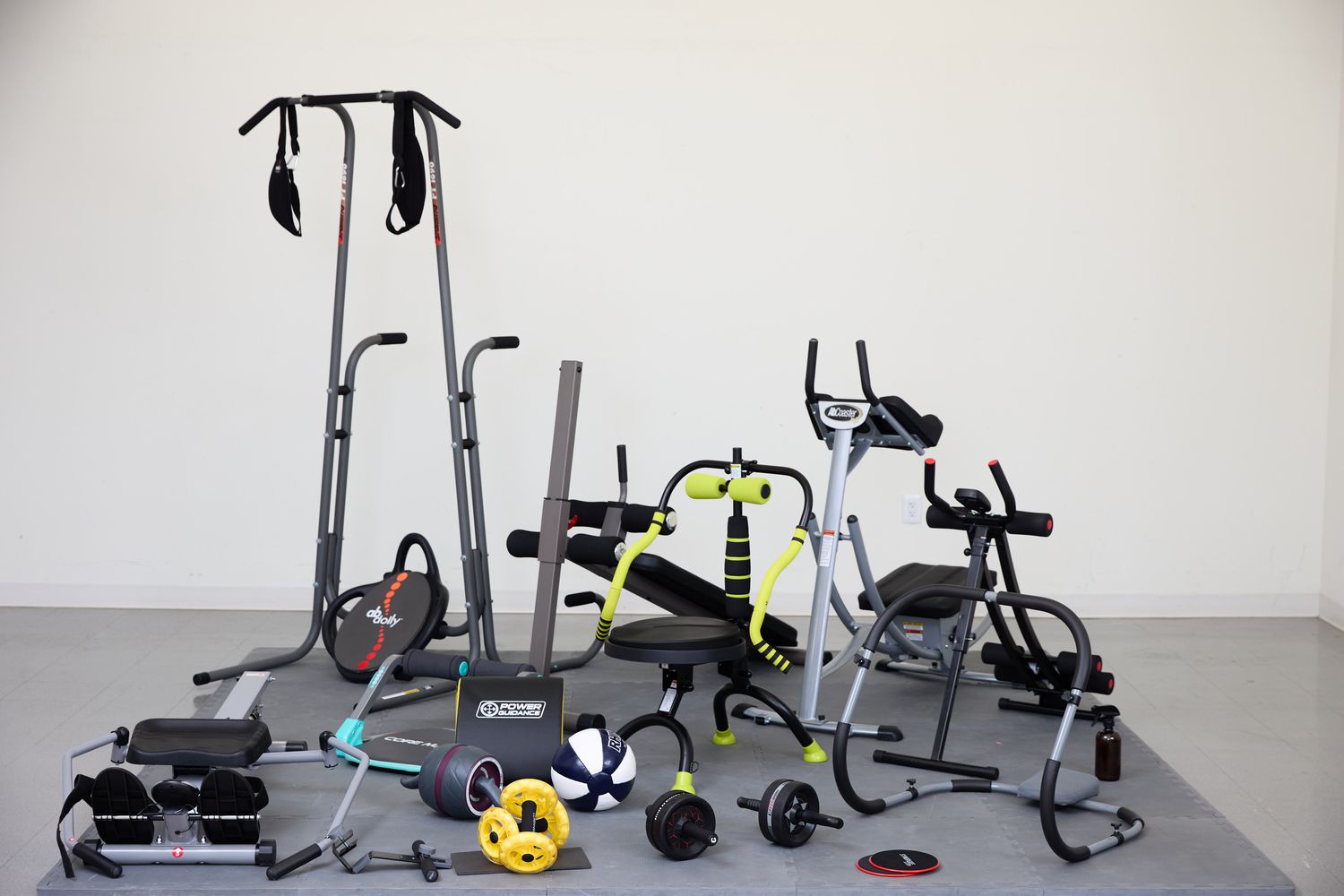To safeguard your baby from the cold, dress them in layers, keep their head covered, use a stroller cover, and limit outdoor time in extreme temperatures. These strategies are essential for protecting your baby from cold weather-related illnesses and discomfort.
As a parent, ensuring your baby’s safety and comfort in colder temperatures is a top priority. Implementing essential strategies to safeguard your baby from the cold is crucial for their well-being. By dressing them in appropriate layers, utilizing stroller covers, and minimizing outdoor exposure during extreme cold, you can effectively shield your little one from potential health risks associated with chilly weather.
This comprehensive guide presents 15 expert-recommended methods to help you proactively protect your baby from the cold, ensuring their safety and comfort throughout the winter months.
Understanding The Risks
Keep your baby safe and warm with these essential strategies to protect them from the cold. Understanding the risks is crucial, so make sure to follow the top 15 ways to safeguard your little one from the harsh weather conditions, ensuring their well-being and comfort.
Understanding the Risks When it comes to safeguarding your baby from the cold, it’s crucial to understand the risks associated with exposing infants to low temperatures. Babies are more vulnerable to the cold due to their underdeveloped immune systems and the inability to regulate their body temperature efficiently. This makes them susceptible to a range of cold-related health issues, including respiratory infections, hypothermia, and other complications. By understanding these risks, parents can take proactive measures to protect their little ones from the adverse effects of cold weather.
-
Vulnerabilities Of Infants
Infants are particularly vulnerable to the cold due to their limited ability to generate and retain body heat. Their small size and immature nervous system make it challenging for them to maintain stable body temperatures, especially in harsh weather conditions. Additionally, newborns have a limited capacity to shiver, which is a key mechanism for generating heat in response to cold environments. As a result, babies are at a higher risk of developing hypothermia and other cold-related complications compared to older children and adults.
-
Common Cold-related Health Issues
Exposure to cold temperatures can lead to a range of health issues in infants, ranging from mild discomfort to more severe respiratory problems. Common cold-related health issues in babies include respiratory infections such as colds, flu, and bronchiolitis. These infections can be particularly dangerous for infants, as their airways are smaller and more susceptible to obstruction. Moreover, the cold weather can exacerbate existing respiratory conditions, making it essential to protect babies from exposure to low temperatures. In addition, prolonged exposure to the cold can lead to hypothermia, a potentially life-threatening condition characterized by a drop in body temperature. Infants are at a higher risk of developing hypothermia due to their limited ability to regulate body heat. Recognizing the signs of hypothermia and taking preventive measures is crucial for safeguarding infants from this serious health risk. In conclusion, understanding the vulnerabilities of infants and the common cold-related health issues they may face is essential for protecting them from the cold. By being aware of these risks, parents can take proactive steps to ensure their baby’s well-being in chilly weather conditions.
Dressing Your Baby For The Cold
Dressing your baby for the cold is essential for keeping them safe and comfortable during the winter months. It’s important to utilize effective layering techniques and choose the right fabrics to ensure your baby is well-protected from the cold weather. By following these strategies, you can safeguard your baby and provide them with the warmth they need during colder temperatures.
-
Layering Techniques
When dressing your baby for the cold, utilizing the right layering techniques is crucial for keeping them insulated and comfortable. Layering allows you to add or remove clothing as needed, depending on the temperature. Here are a few layering tips to consider:
- Start with a moisture-wicking base layer to keep your baby dry and prevent moisture from accumulating on their skin.
- Add a warm, insulating layer such as a fleece jacket or sweater to provide additional warmth.
- Finish with a weather-resistant outer layer, such as a snowsuit or jacket, to protect your baby from wind and snow.
-
Choosing The Right Fabrics
Selecting the right fabrics for your baby’s cold-weather clothing is essential for ensuring their comfort and warmth. Opt for fabrics that provide insulation and protection from the elements. Here are some fabric options to consider:
- Merino wool: Known for its excellent insulating properties and moisture-wicking abilities.
- Fleece: Offers warmth and breathability, making it an ideal choice for layering.
- Down: Provides exceptional warmth while remaining lightweight and compressible.
Creating A Cozy Environment
Creating a cozy environment for your baby is essential in safeguarding them from the cold weather. By implementing strategic measures, you can ensure that your baby is comfortable and protected from harsh temperatures. Here are some effective ways to create a cozy environment for your little one.
-
Temperature Control In The Home
Controlling the temperature in your home is crucial for creating a cozy environment for your baby. Maintaining a consistent and comfortable room temperature can help prevent your baby from getting too cold. Using a thermostat or a room thermometer can assist you in monitoring the temperature and making adjustments as needed.
-
Using Humidifiers
Humidifiers can play a significant role in creating a cozy environment for your baby, especially during the dry and cold months. A humidifier helps add moisture to the air, which can prevent the air from becoming too dry and uncomfortable for your little one. Be sure to clean and maintain the humidifier regularly to prevent mold and bacteria buildup.
:max_bytes(150000):strip_icc()/GettyImages-503848709-2000-72d9c10425374128bc55b4c68aba6294.jpg)
Credit: www.parents.com
Outdoor Safety Measures
When taking your baby outside in cold weather, it’s essential to pay extra attention to outdoor safety measures to protect them from the harsh elements. Proper winter gear and avoiding overexposure are pivotal in guarding your baby from the cold. Let’s delve into the essential strategies that can help safeguard your little one when venturing outdoors in the chilly weather.
1. Proper Winter Gear
Ensuring your baby is dressed in the right cold-weather gear is vital for keeping them warm and comfortable in low temperatures. Here are some key items to include:
- Warm, Insulated Clothing: Dress your baby in layers, including thermal onesies, fleece jackets, and snowsuits to provide ample warmth.
- Knit Hat and Mittens: Covering your baby’s head and hands helps prevent heat loss and protects them from the cold.
- Waterproof Boots: Keep your baby’s feet dry and warm with insulated, waterproof boots.
- Cozy Blankets and Stroller Covers: Use blankets and stroller covers to shield your baby from the chilly wind and snow while outdoors.
2. Avoiding Overexposure
Limiting your baby’s exposure to cold weather is crucial for their safety. Here are some precautions to take to avoid overexposure:
- Shorter Outdoor Time: Keep outdoor excursions brief, especially in extreme cold temperatures.
- Choose Warmer Times: Plan outdoor activities during the warmer parts of the day to reduce exposure to frigid temperatures.
- Protect Against Wind Chill: Shield your baby’s face from direct wind exposure, as wind chill can quickly lead to discomfort and potential health risks.
Health And Wellness Practices
When it comes to safeguarding your baby from the cold, health and wellness practices play a crucial role. Boosting their immunity and recognizing symptoms are essential strategies to ensure your baby stays healthy during the colder months.
A. Boosting Immunity
- Ensure your baby gets enough sleep, as rest is essential for a strong immune system.
- Regular exercise and outdoor activities can also help boost immunity, so make sure to take your baby out for fresh air whenever possible.
- Consider probiotic supplements to support their digestive health, which is closely linked to immune function.
B. Recognizing Symptoms
Recognizing symptoms of cold-related illnesses is crucial in safeguarding your baby’s health. Keep an eye out for any signs of illness, such as:
- Fever – a higher than normal body temperature could indicate an infection.
- Coughing and Sneezing – persistent coughing or sneezing may be a sign of a respiratory infection.
- Low Energy – if your baby seems unusually tired or lethargic, they may be fighting off an illness.
If you notice any of these symptoms, it’s important to consult with a pediatrician to ensure your baby receives the necessary care.
Frequently Asked Questions On Essential Strategies: 15 Top Ways To Safeguard Your Baby From The Cold
How Can I Keep My Baby Warm In Cold Weather?
To keep your baby warm in cold weather, dress them in layers, including a hat and mittens, and use a stroller or baby carrier cover. Avoid bulky snowsuits in car seats and maintain a comfortable indoor temperature.
What Are The Signs Of A Baby Being Too Cold?
Common signs of a baby being too cold include cold or mottled skin, fussiness, and excessive crying. Monitor for signs of discomfort and ensure your baby is dressed appropriately for the weather to avoid them getting too cold.
When Should I Worry About My Baby Being In Cold Weather?
You should worry about your baby being in cold weather if they show signs of shivering or lethargy, as these could indicate they are too cold. Always monitor your baby’s comfort, keep them well-dressed, and seek medical attention if concerned about their well-being.
Conclusion
In a world full of uncertainty, safeguarding your baby from the cold is essential for their well-being. By implementing these top 15 strategies, you can ensure that your little one stays warm and protected during the chilly months. From bundling up in layers to creating a cozy nursery environment, there are numerous ways to shield your baby from the cold.
Remember, prioritizing their comfort and safety is key in providing them with a healthy and happy start in life.

